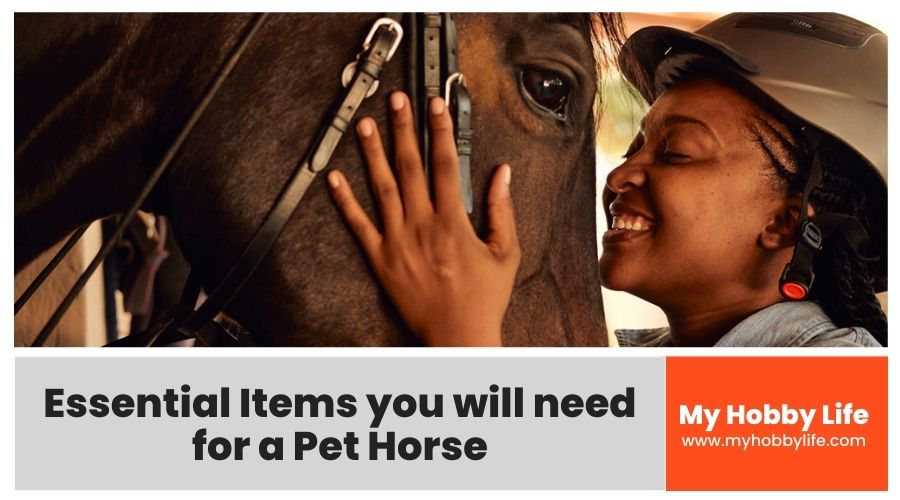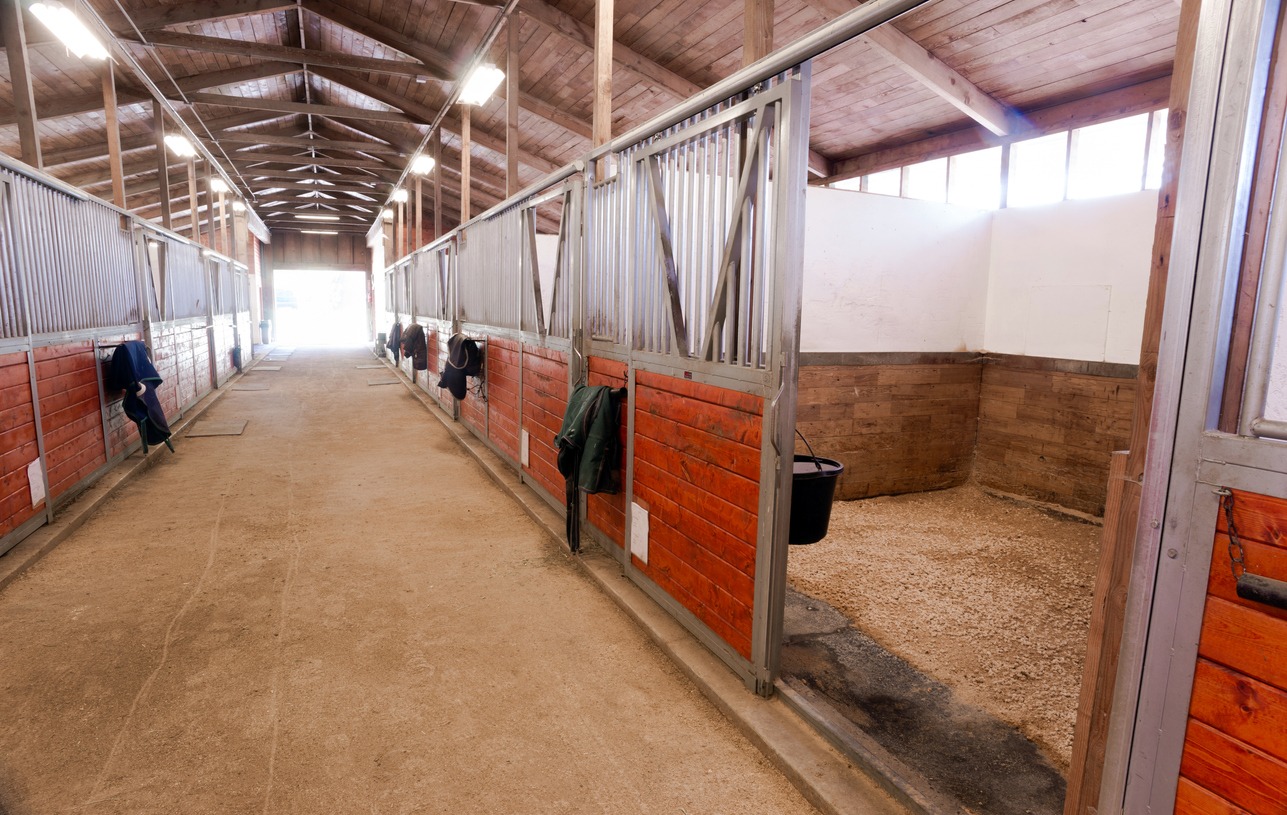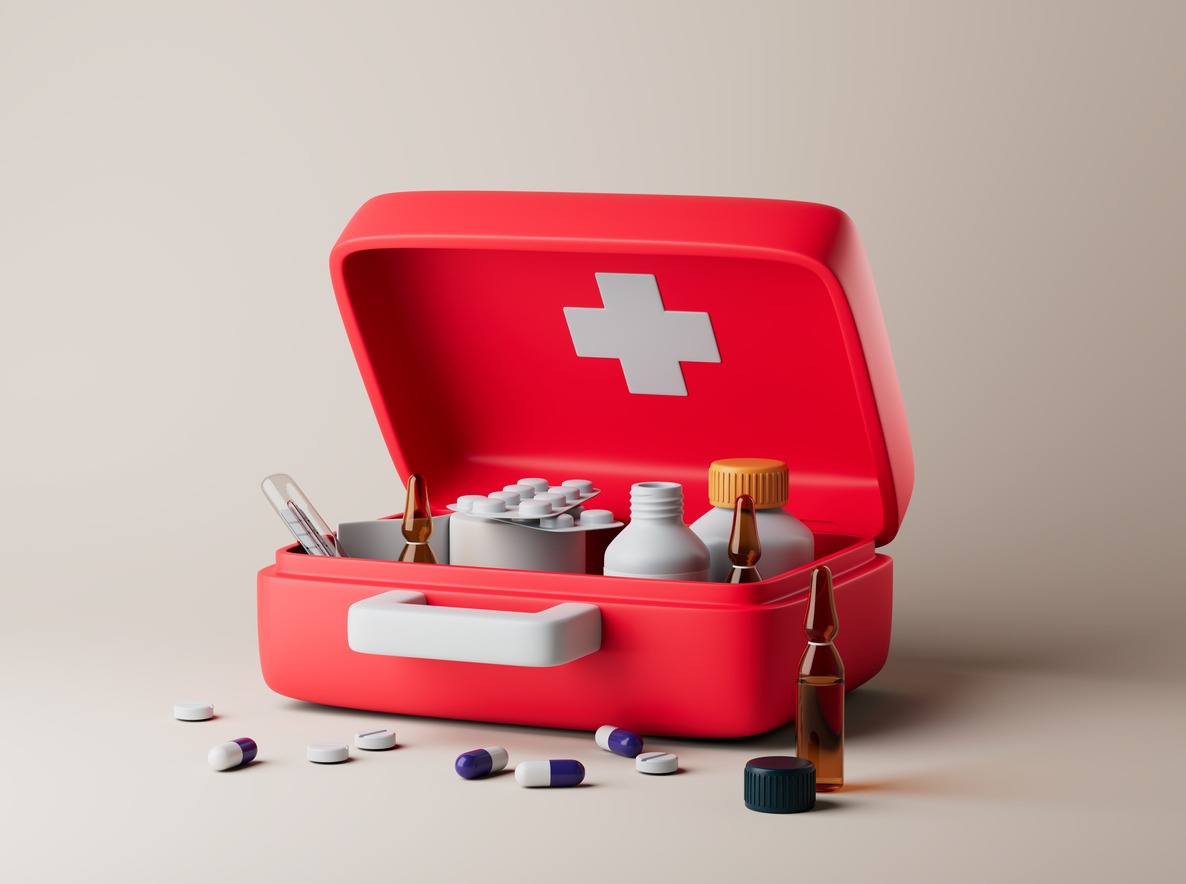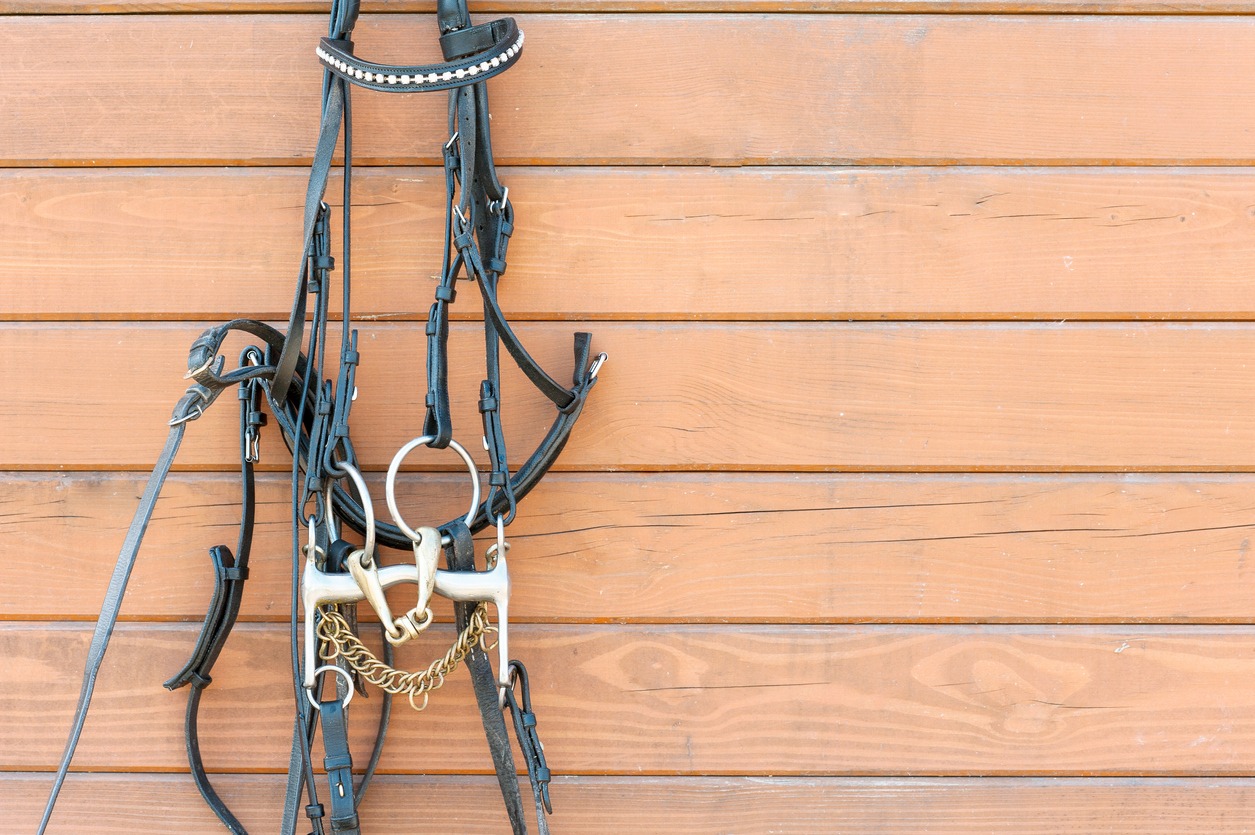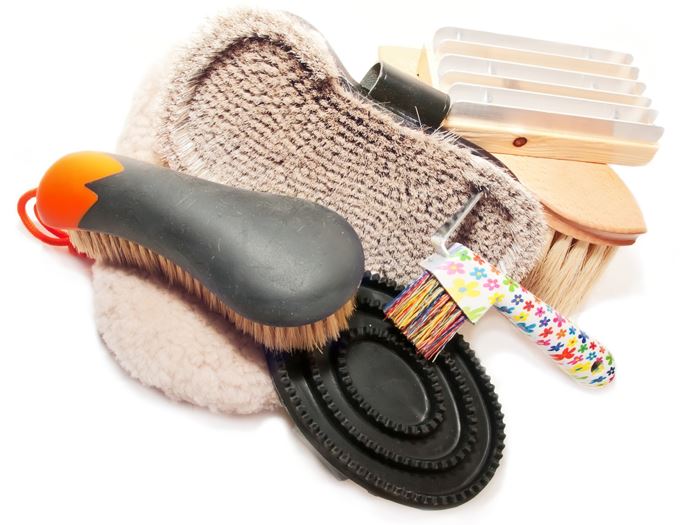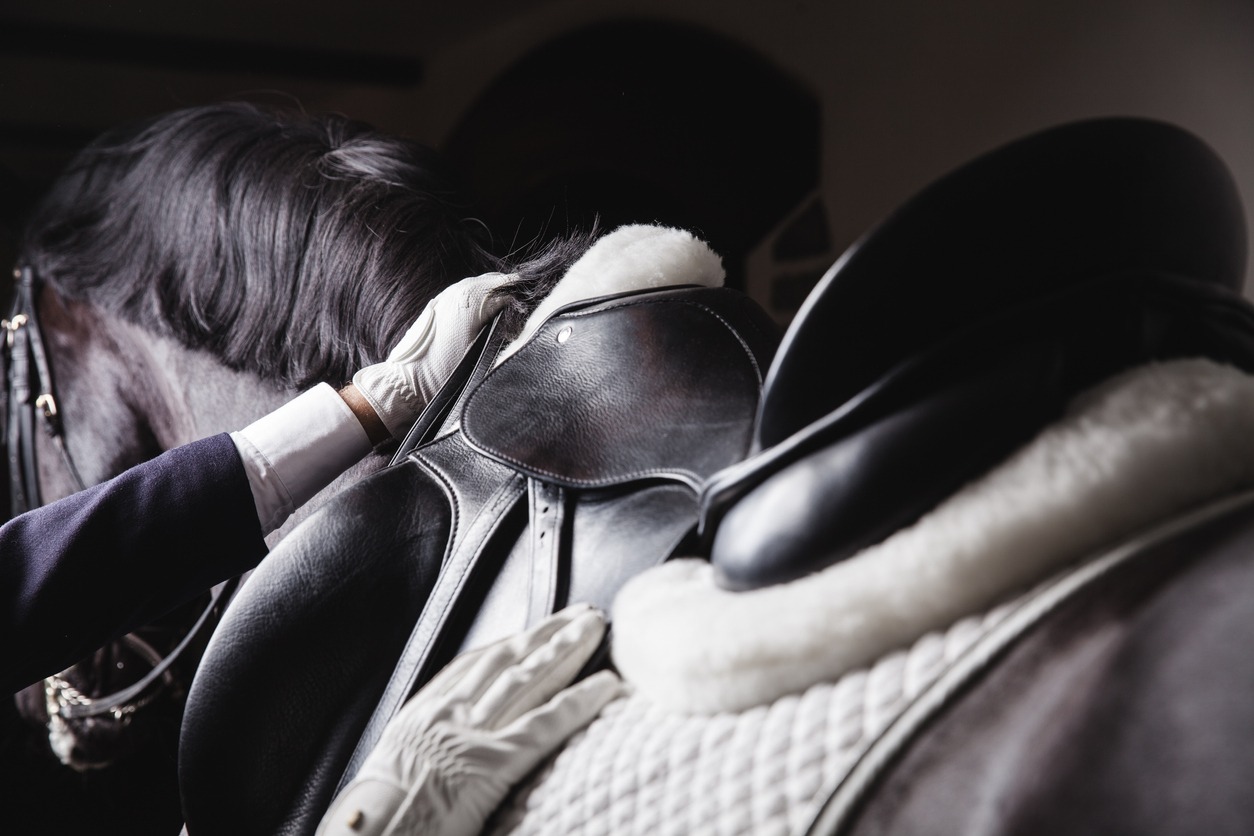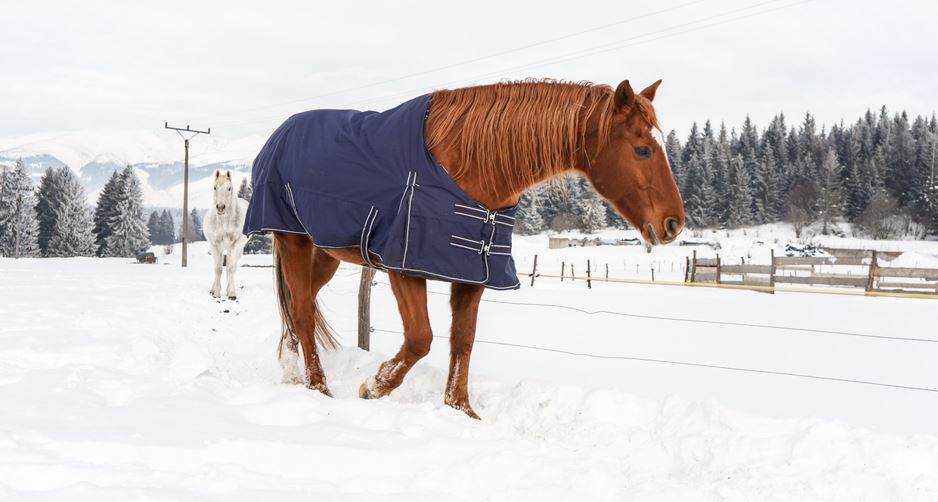It’s always wonderful to have a horse, especially if it’s your first one! You are most likely experiencing a range of emotions as a first-time horse owner. Although enjoyable, the procedure can often be challenging. A horse needs specific supplies and cares to remain content and healthy, just like any other pet.
Before bringing your new four-legged friend home, you need to stock up on a few basic necessities. Don’t be scared to start off with something straightforward because you can add or adjust some of these things later. Remember that everyone has different viewpoints and tastes. It’s crucial to follow your horse and you’re best options.
You should also inquire about the horse’s worming and vaccination records, as well as the type of bit they have been trained in. This is a significant purchase, so you want to be certain that this horse is a good fit for you and that you will be ready to buy it.
1. Barn Supplies
Make sure the horse’s living quarters are ready before bringing one home. While a sophisticated, heated barn is not necessary, it is recommended that you have a stall with a run and a shelter. Make sure there is strong fencing and no exposed locations where the horse could get hurt.
After that, you’ll need something to eat! Make that your horse has access to food and hay. It’s crucial to find out what kind of hay the horse has been consuming. You should buy grass hay rather than alfalfa if the horse has only ever eaten grass hay. It is acceptable to use it if the horse has been eating alfalfa or mixed hay. It can be difficult on a horse’s stomach to switch right away to alfalfa hay if they have only been eating grass hay. Additionally, if necessary, you can always add this later if your horse is not accustomed to grain. You can also stock up on the horse’s current supplements before taking them home. Try to maintain as much of the regular schedule as you can.
Supplements for the hips and joints assist in giving the joints and the hips strength. Because they don’t receive the right vitamins, which could also strengthen their bones, many horses frequently have bad health. These supplements are essential for maintaining the health of equines and not only help the hips and joints but also assist the soft tissue, tendons, and ligaments.
Make sure you have a water tank, a feed bin, and buckets on hand. Because they risk getting sand or dirt in their stomachs, horses shouldn’t just eat from the ground. Colic may result from this, which is undesirable. A wheelbarrow and a pitchfork for hay would be other useful items to keep in your barn.
2. First Aid Supplies
Horses and first aid equipment practically go together. They can undoubtedly simply and swiftly put themselves in precarious circumstances. Things are less likely to go wrong when you are prepared, but even if they do, you will be ready for it. Vet wrap, bandages, gauze pads, wound cleaner/antibiotic cream, bute for pain, and banamine for colic or stomach discomfort should all be included in your first aid box. A tiny towel is also a useful item, and a pair of scissors can be used to cut bandages. You must purchase the Bute and Banamine paste from a veterinarian, but having it on hand is priceless.
One should deworm a new horse after purchasing it. You just never know what the horse has been through or if its worming is really current. There are numerous worming methods, and a lot depends on the time of year and the particular worms you want to kill. You can find out which dewormer your neighborhood veterinarian suggests. You can purchase this straight away from your veterinarian or at a horse supply store.
Note: Always be sure to consult with a veterinarian for any health related issues.
3. Halter and Lead Rope
It’s time to bring your new horse home now that everything is set up! To pick up the horse, you will need a lead rope and halter. The former owner may occasionally send you a halter and lead rope, but they may also not. Just in case, it is a good idea to pick one up en route. When it comes to halters, there are a lot of possibilities. Sizes, styles, materials, and colors come in a variety. Once more, just begin with a straightforward task to get you starting. Later on, you can easily select a nicer model or a different style.
The most popular and convenient halter is made of nylon. They are readily mounted on the horse and contain a buckle for attachment. Although rope halters are attractive, they can be challenging to tie if you are not accustomed to doing so. Make sure you are aware of the horse’s required halter size. Arab/cob, tiny horse, average horse, giant horse, or a draft size is the most frequent types. If you require one, they also produce halters for horses or ponies. The prior owner can advise you on the ideal size. Cotton is the ideal material for a lead rope. The nylon ones might burn your palm if your horse pulls away because they are so slick. The cotton offers group and makes your hands a little bit safer.
4. Grooming Supplies
Although you won’t immediately need them, grooming equipment is a nice extra benefit of horse ownership. Again, there are a variety of brushes available; simply pick the one you think will work best for you and your horse. A hoof pick, a stiff brush, a curry comb, a soft brush, and a mane/tail brush are the most popular grooming supplies to purchase. These will help you get off to a good start with the fundamentals and keep your new mount looking their best!
5. Riding Equipment
It won’t be as simple to choose riding gear as it is to choose brushes. There are so many distinct types of tack that they all perform completely different functions. There is no one size fits all solution since every horse reacts differently. To help you choose the appropriate equipment at this time, it would be a good idea to ask your neighborhood tack shop or even the former owner for assistance. In the world of horses, tastes and viewpoints abound, particularly when it comes to equipment. It’s crucial to follow your horse and you’re best options.
6. Blankets and Sheets
When the weather gets chilly and rainy, horses occasionally require a little extra protection. While stable sheets and blankets are not waterproof and are intended to be worn indoors, turnout sheets and blankets are and are meant to be used when your horse is outside. A waterproof turnout sheet helps keep horses dry and warmer for longer, even those who have developed long, thick coats. These horse blankets are made of materials that ensure they are breathable in addition to being waterproof. Although the market offers a huge variety, the majority of them provide a full cover that includes leg straps and a tail flap.
Conclusion
When you have a new horse to care for there are a lot of things to consider. Having the right equipment and tools to carefully care for your horse, enjoy riding them and ensuring their long-term health are important. A horse requires a lot more effort and resources to care for than the average family pet so it important to be prepared.
